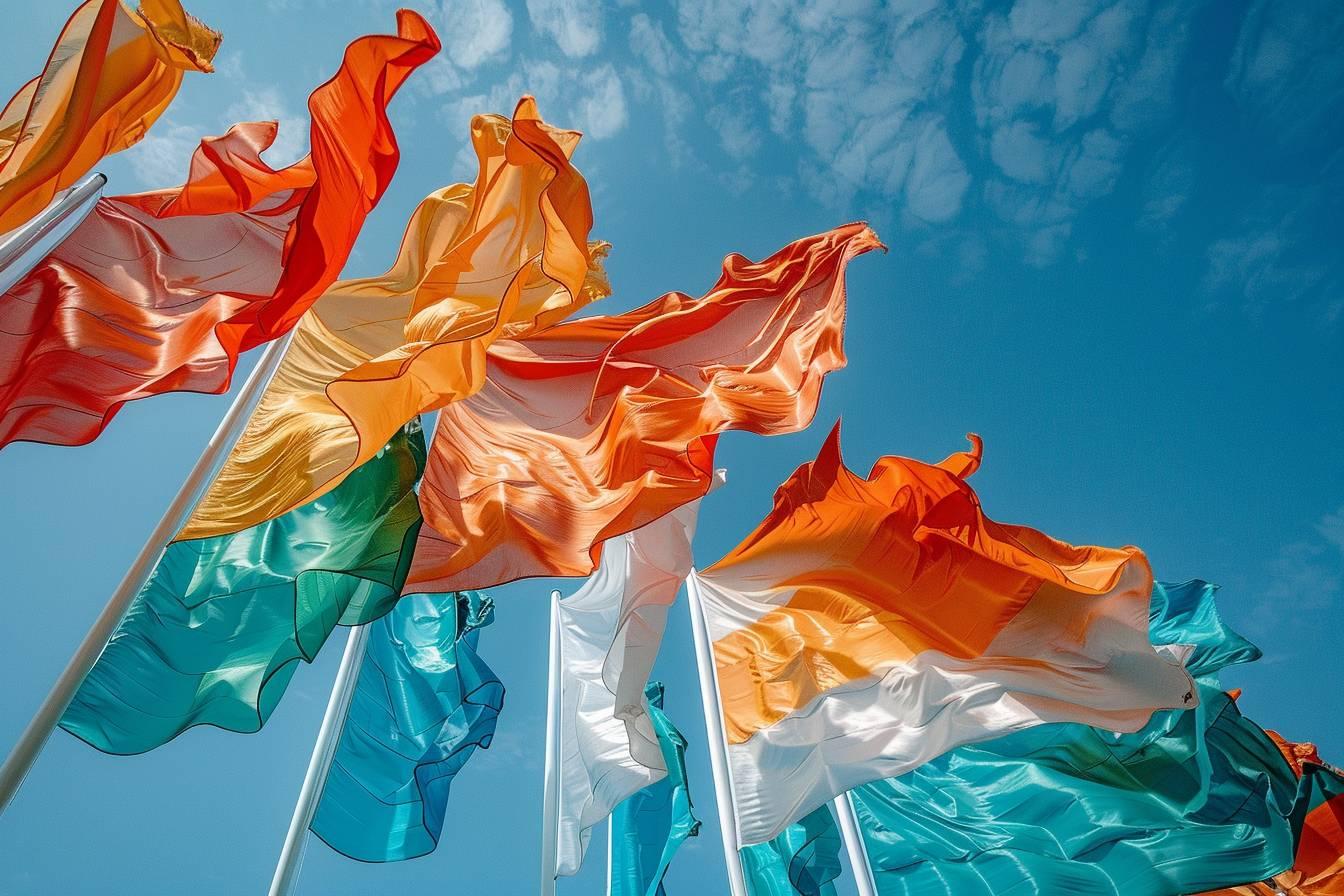The Netherlands, a European nation renowned for its linguistic diversity, offers a fascinating linguistic landscape. From the official language to regional dialects and widely spoken foreign languages, let’s discover together the linguistic wealth of this country.
The Dutch language: a pillar of national identity
Dutch plays a central role in the daily lives of the Dutch people. As the official national language, it is spoken by almost the entire population. Often confused with Dutch, which is really just a regional dialect, Standard Dutch is the language of administration, education and the media.
Crucially, Dutch extends beyond the borders of the Netherlands. In particular, it can be found in :
- In Belgium, in the form of Flemish, which differs slightly from standard Dutch.
- Suriname, a former Dutch colony in South America
- On the Caribbean islands of Aruba and Curaçao
The influence of Dutch is also felt in South Africa, whereAfrikaans, a language derived from Dutch, is widely spoken. This spread bears witness to the colonial heritage of the Netherlands and its lasting linguistic impact.
Linguistic diversity: from Frisian to Low Saxon
In addition to Dutch, the Netherlands officially recognizes other regional languages, reflecting the richness of its cultural heritage. Among them, Frisian occupies a special place. As the country’s second official language, it is spoken by some 400,000 people, mainly in the northern province of Friesland.
The Dutch linguistic landscape is also marked by a myriad of dialects and minority languages, including :
- Low German or Lower Saxon
- Limburgish
- Groningois
These language varieties, although less widespread than standard Dutch, play an important role in the cultural identity of the regions where they are spoken. They are often protected and promoted at local level.
The Netherlands also recognizes other minority languages such as Yiddish, Romani and Dutch sign language, demonstrating the country’s openness to linguistic diversity.

English and other foreign languages in the Netherlands
The Dutch are renowned for their excellent command of foreign languages, particularly English. There are several reasons for this linguistic competence:
- an education system that emphasizes early language learning
- extensive exposure to English-language media
- An internationally-oriented economy
Here’s an overview of the prevalence of the main foreign languages in the Netherlands:
| Language | Percentage of speakers |
|---|---|
| English | 90-94% |
| German | 71% |
| French | 29% |
| Spanish | 5% |
LearningEnglish generally begins at the age of 10-11 in elementary school. On the other hand, around one in seven elementary school offers early learning from the age of 4, underlining the importance attached to this international language.
In secondary education, English is compulsory, while German and French are often offered as optional subjects. This educational policy contributes to making the Dutch one of the most multilingual peoples in Europe.
Immigration and multilingualism in the Netherlands
The linguistic diversity of the Netherlands is also enriched by immigrant languages. Among the most widespread are :
- Turkish
- Arabic
These languages, brought by the various waves of immigration, contribute to the country’s linguistic mosaic. They are often spoken within immigrant communities, alongside the learning and use of Dutch.
Multilingualism in the Netherlands is not limited to the coexistence of different languages. It also manifests itself in the ability of the Dutch to navigate between different languages on a daily basis. This linguistic flexibility is a major asset in a globalized world, encouraging international exchanges and cultural openness.
By encouraging foreign language learning while preserving the richness of its regional languages, the Netherlands has positioned itself as a model of linguistic diversity in Europe. This balanced approach maintains a strong national identity while opening up to the world, reflecting the values of openness and tolerance so dear to Dutch society.
